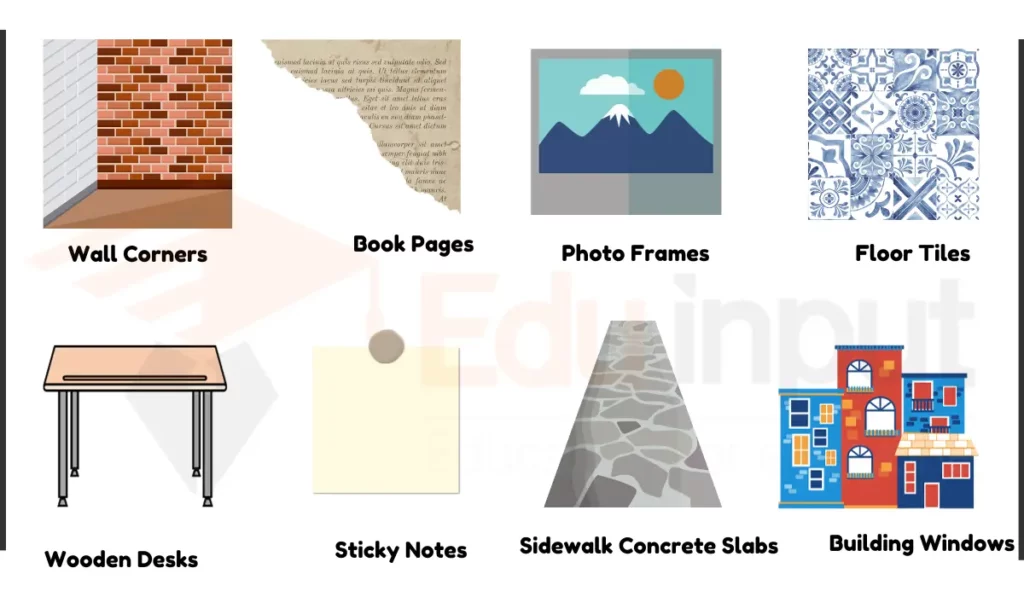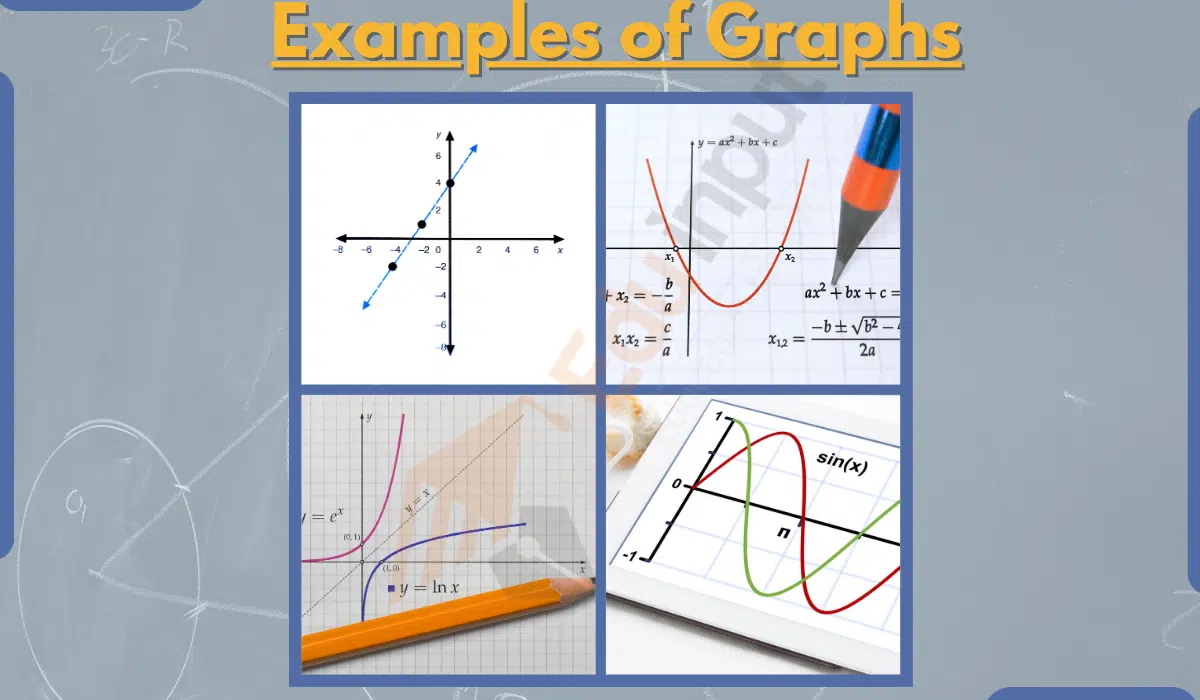15 Real World Examples of Right Angles
The shape of a right angle, formed by two perpendicular lines, can be seen in many real world objects. Some common examples of right angles are the corner of a piece of paper, the corner of a building where two walls meet, or the angle formed by the two shorter edges of a rectangular picture frame.
Other examples include the angle between the vertical and horizontal pieces of a window frame and the angle where the armrests meet the backrest of a chair.

Read How Many right angles do different shapes have?
Examples of Right Angles
Here are 15 common real-world examples of right angles:
1. Wall Corners
Wall corners are one of the most common Examples of Right angles. Wall Corners in a room are formed by two adjoining walls perpendicular to each other, creating a right angle at the corner. Most room interior walls meet at 90-degree right angles. The two wall lines join to create a corner with a square shape.
2. Book Pages
The pages of books are made of rectangular paper with 4 right angles at the corners. When a book is open, the two facing pages create a right angle crease along the spine of the book. Books have multiple right angled page corners.
3. Photo Frames
Photo frames, especially rectangular ones, have four clearly visible right angles between their perpendicular sides framing the photo. The back side of a frame also forms 4 right angles where the edges join.
4. Floor Tiles
Square ceramic, marble or granite floor tiles often used in bathrooms or kitchens have 4 identical 90 degree right angles between their sides. Tiles fit neatly together because of their matching right angle corners.
5. Notebook Paper
Wide or college ruled notebook paper is made up of horizontal lines on rectangular paper with defined right angles at each corner. Notebook paper sheets are very common and demonstrate right angles.
6. Building Windows
The majority of windows in homes, offices and buildings have a rectangular shape with right angles formed by horizontal and vertical sides. Some windows even divide into smaller right angles with muntin bars.
7. Sidewalk Concrete Slabs
Concrete sidewalks are poured in large rectangular slabs with 90 degree angles between edges, sometimes separated by expansion joints. The boundaries between slabs create visible right angles.
8. Wooden Desks
Classroom, office and household desks normally have flat, perpendicular adjoining sides that form a horizontal surface with four sharp 90 degree right angle corners. The legs may also join at right angles.
9. Doorway Openings
Door frames and the doorway openings they surround usually have shapes with right angle corners created by two perpendicular wall edges. The shape could be a rectangle, square or right trapezoid doorway.
10. Sticky Notes
Sticky notes come in bright square shapes with four 90 degree right angles allowing them to adhere cleanly along a straight edge. The yellow color contrasts clearly with the right angle sticky note edges.
11. Filing Cabinets
Filing cabinets often have a rectangular cuboid shape to efficiently organize content. This shape is formed by perpendicular sides joining to create multiple right angles along the edges and corners.
12. Pizza Slices
Slices of circular pizza are most easy to handle and eat when cut in pie-shaped wedges with triangular tips. The two cut sides meet at a 90 degree corner creating a right angle.
13. Paper Airplane Folds
Simple paper airplanes are formed by folding rectangular paper in half lengthwise, with wing edges that meet the center crease at sharp 90 degree right angle folds for proper aerodynamics.
14. Carpet Tiles
Modular carpet tiles interlock by having matching right angle edges. The square and rectangular tiles have 90 degree angles that allow uniform installation next to one another with tight seams.
15. Wrapping Paper Edges
The ends of rolled wrapping paper have a straight, precisely cut edge that forms a right angle with the paper sides. This creates clean seams hidden under tape when wrapping 90 degree box corners.







Leave a Reply